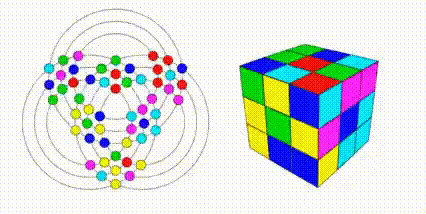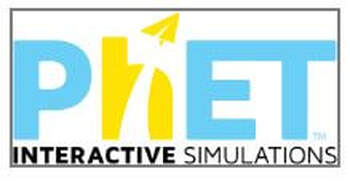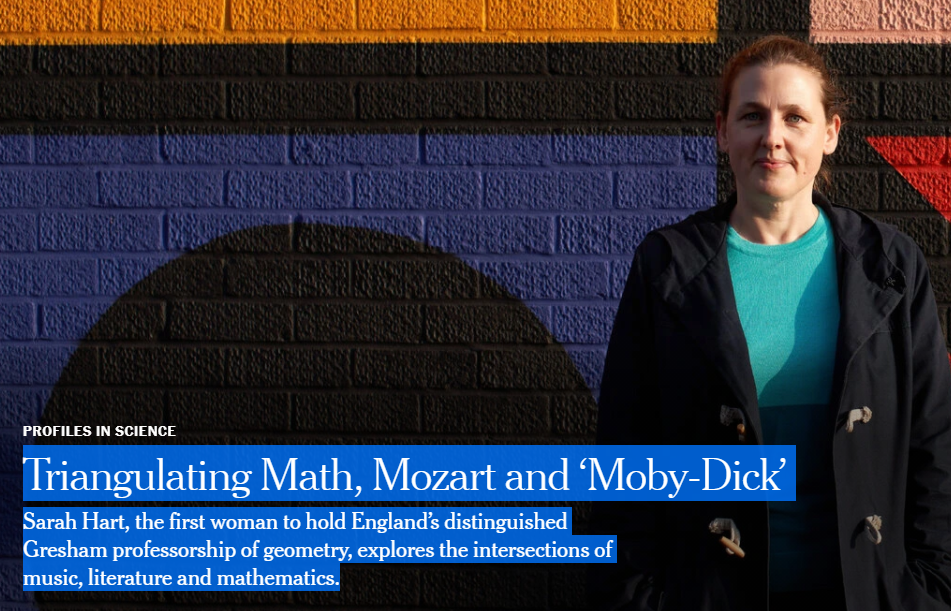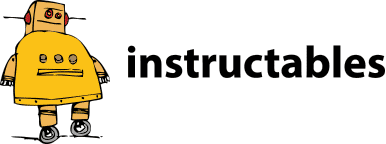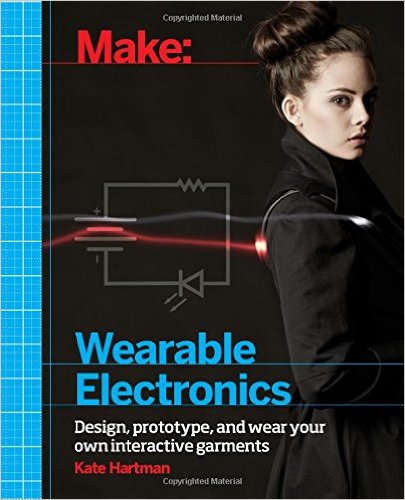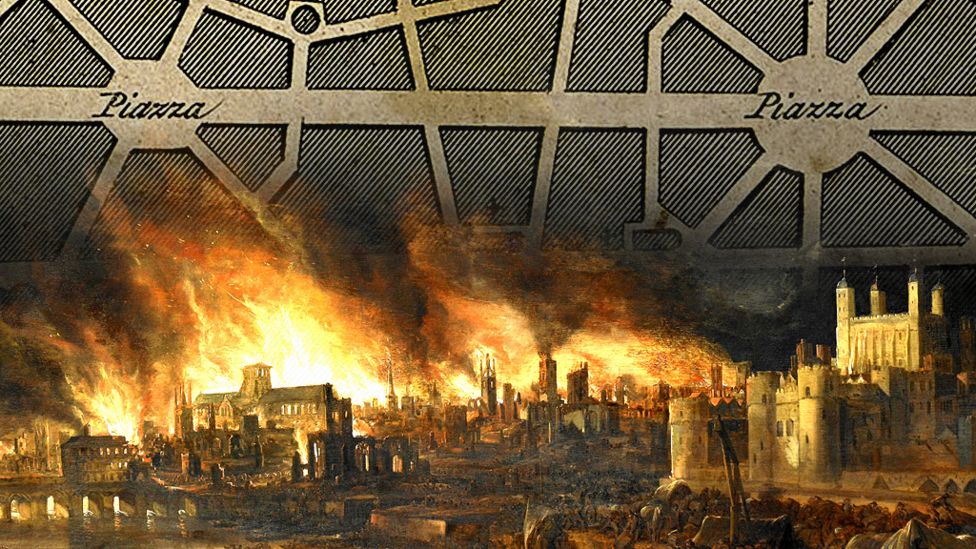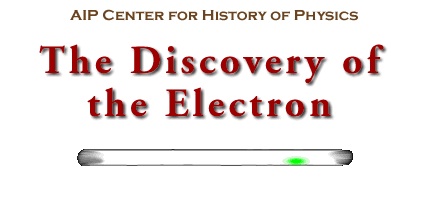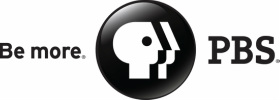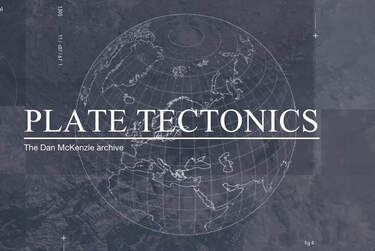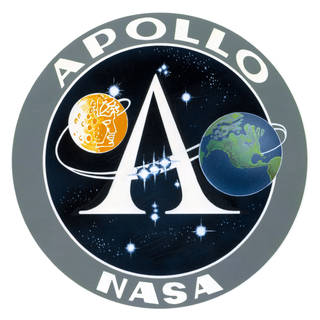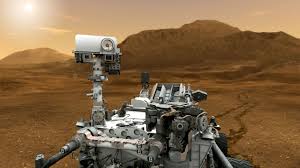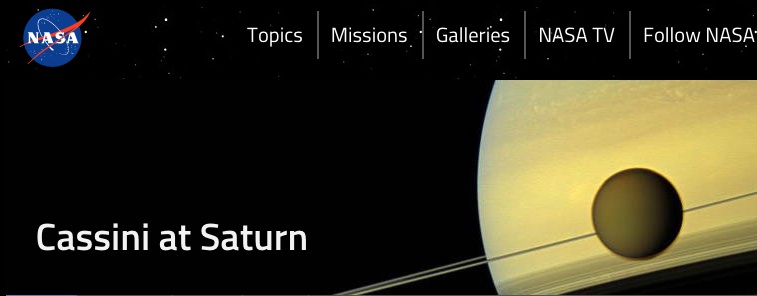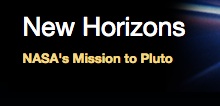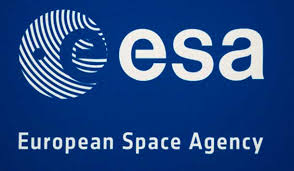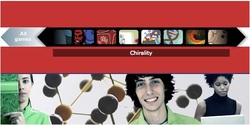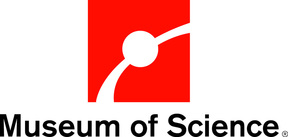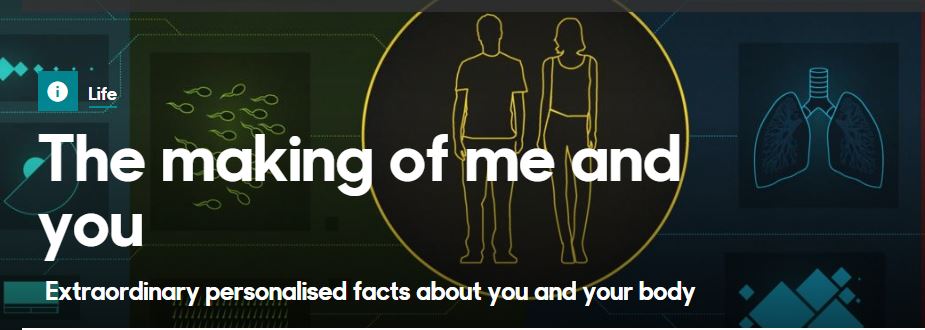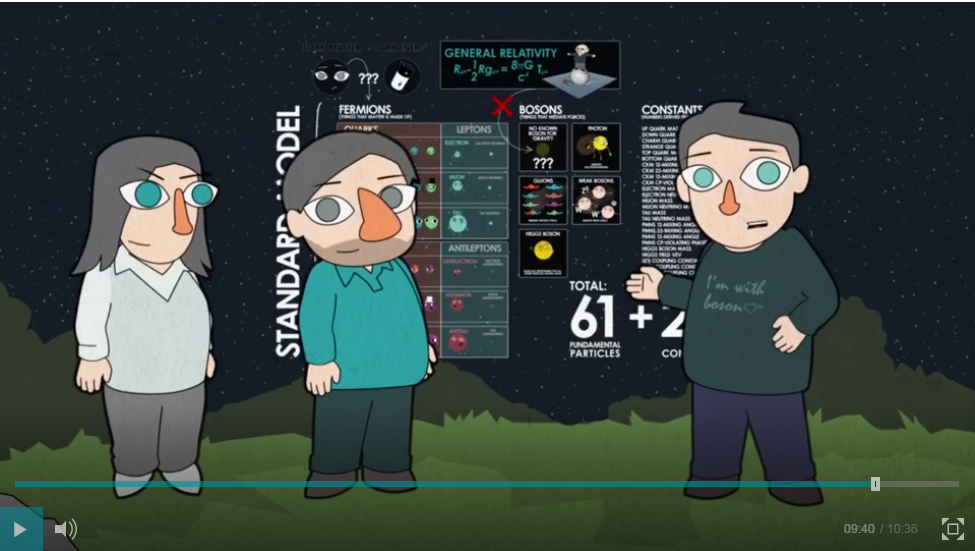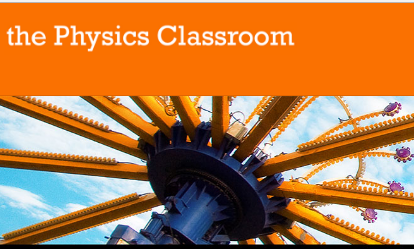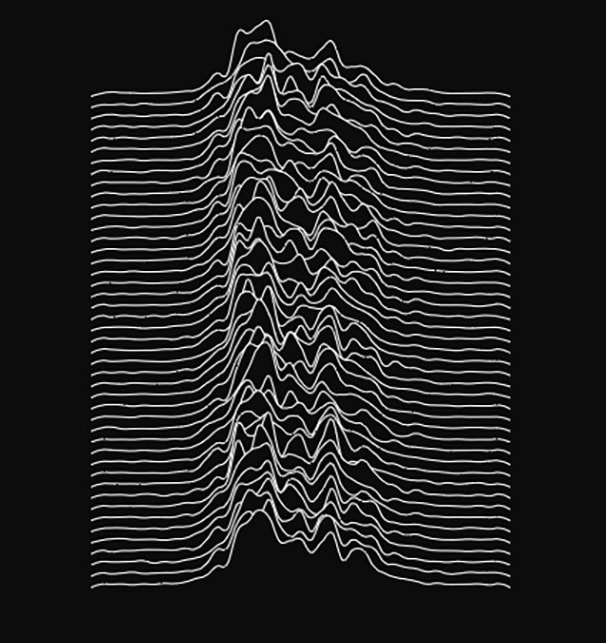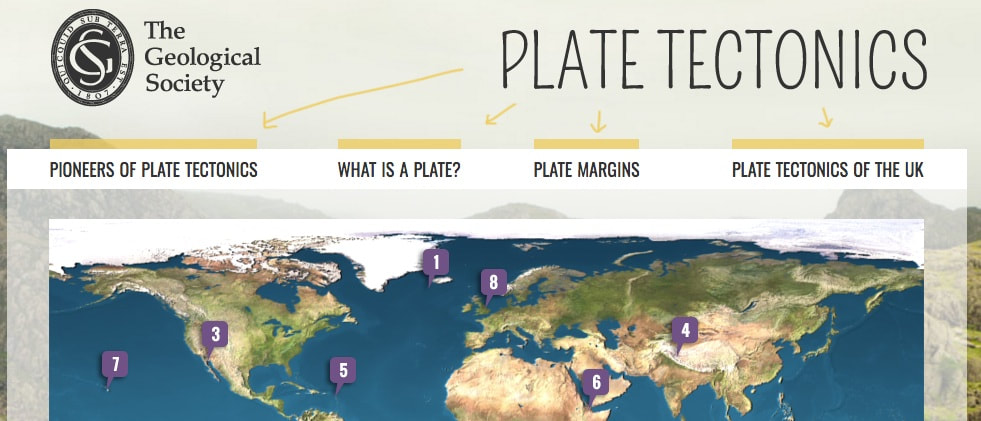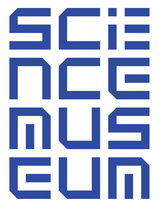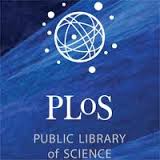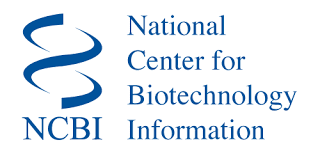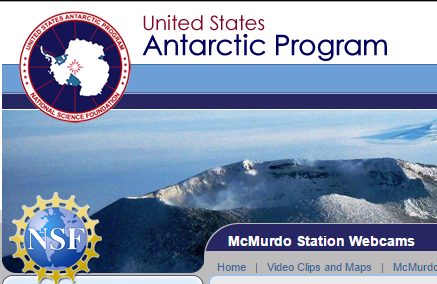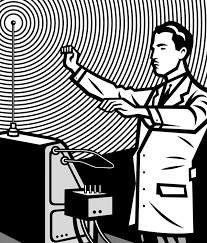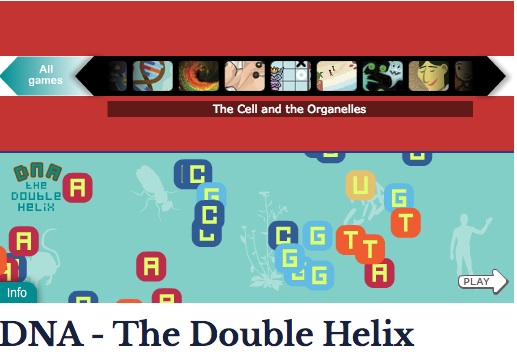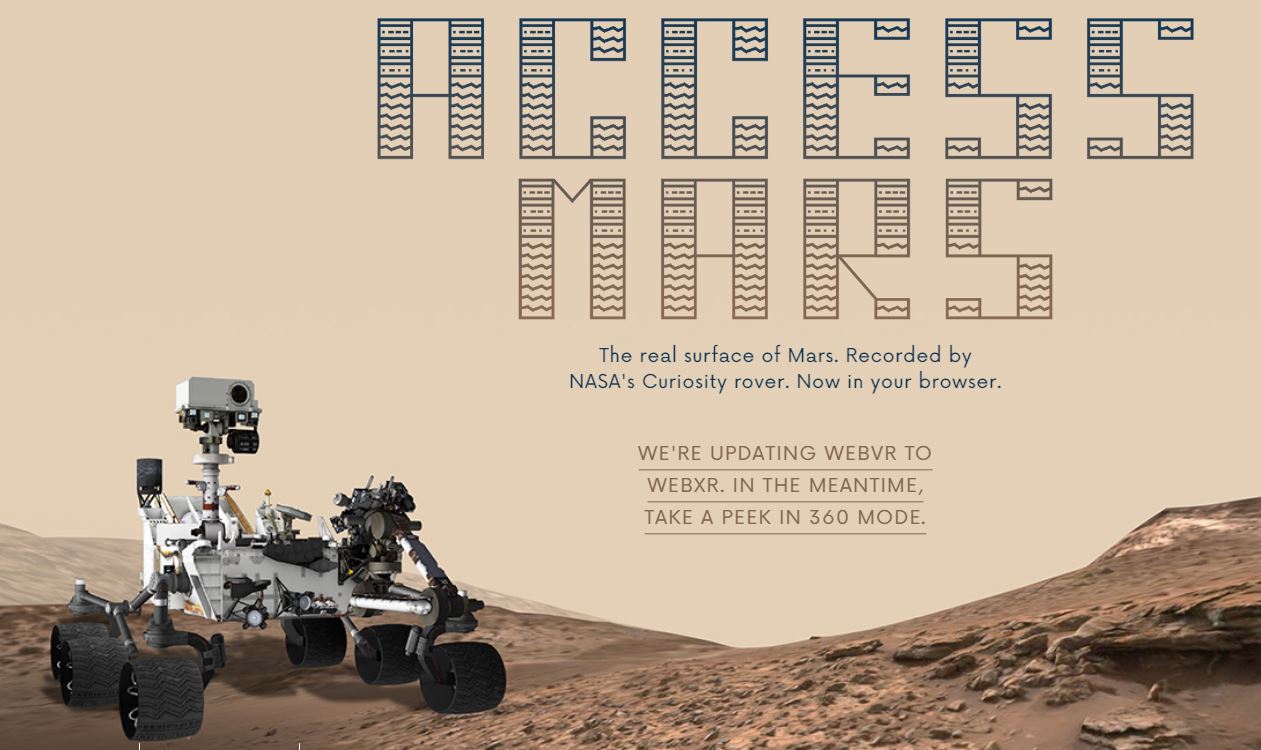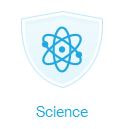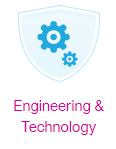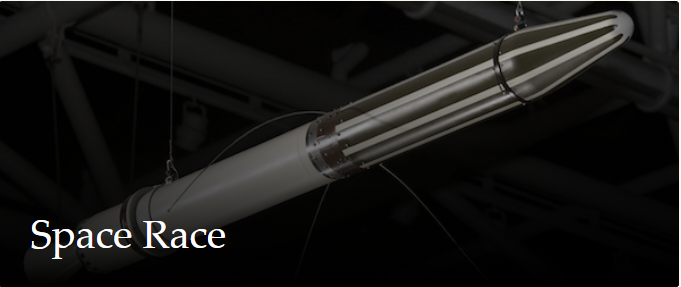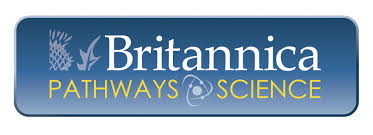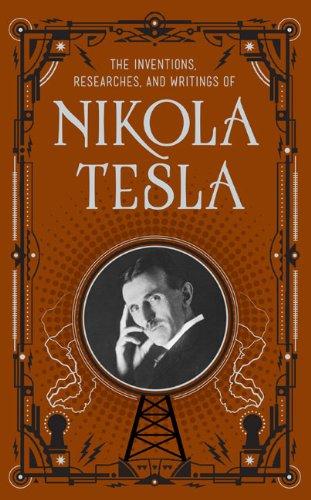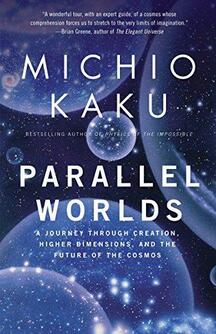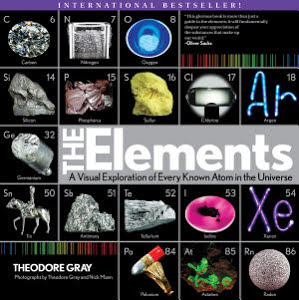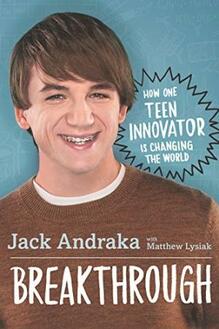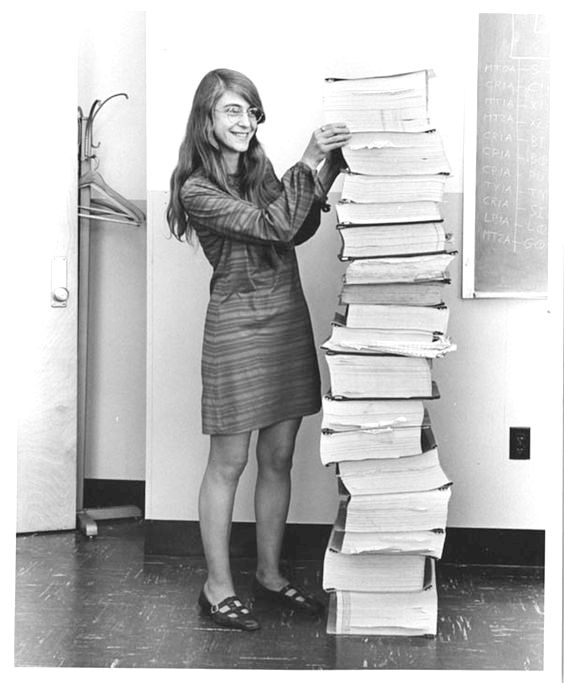Science & Technology
There is no STEM, without STEAM...In 1972, Steve Jobs took a calligraphy class at Reed College. This class so inspired him that many years later while designing the first Apple computer he put all that love and artistry for typography into his work. Since Windows computers at that time copied everything Apple did, today all computers have the ability to craft beautifully designed books, papers, posters etc.. So from one art class in typography the world has benefitted greatly. In a world dominated by ones and zeros, we all owe Jobs a debt of gratitude for bringing creativity into the world of technology.
|
This is STEAMBoston native Tom Schultz - Musician and Engineer
|
"People have the mistaken idea that technology is something new or modern..." Decoding the Antikythera Mechanism, the First Computer from Ancient Greece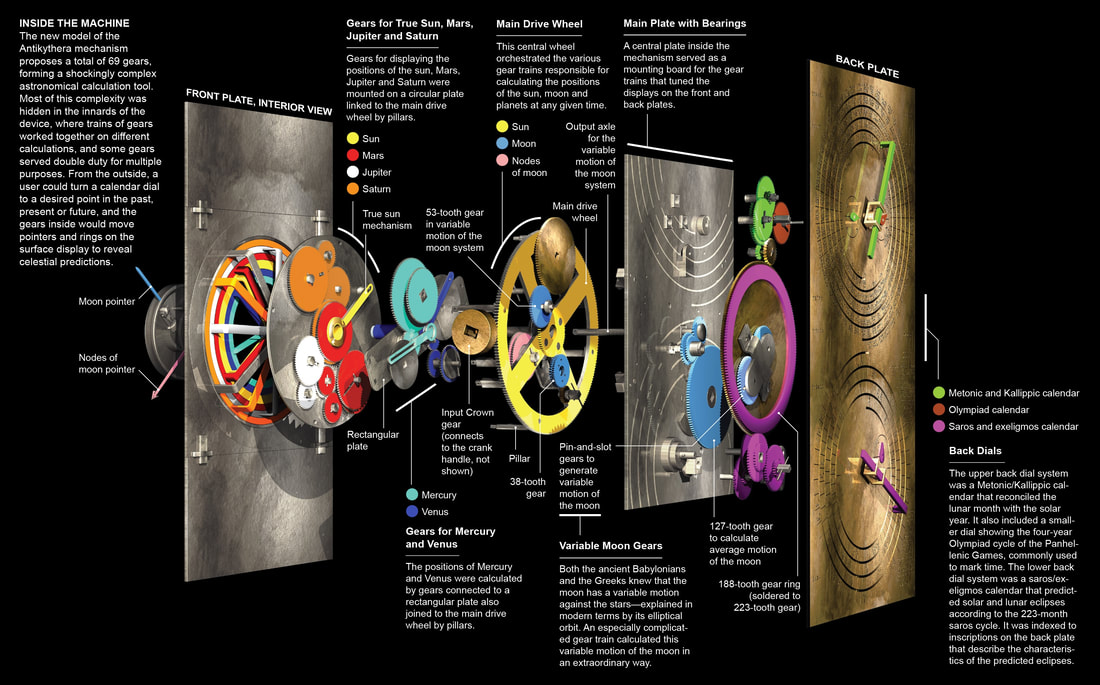
Antikythera Mechanism is a complex astronomical instrument capable of predicting phenomena such as the conjunction (alignment) of celestial bodies, calculating the relative positions of the five planets known in antiquity (Jupiter, Saturn, Venus, Mercury and Mars), and predicted the time and color of eclipses.
Ancient computer may have had its clock set to 23 December 178 BC
Oddly enough, great fires have been the catalyst for innovation& rebirth. After London's Great Fire - 350 years ago this year - there were radical plans to transform the city. Architects use disasters as a chance to rebuild in a new way. |
|
Nikola TeslaFrom Russia With Love - Play the Theremin |
To Sign up for a free Boston Public Library eCard - click here
Crucifixion (Corpus Hypercubus) unites a classical portrayal of Christ with a shape that only exists in mathematical theory. Dalí’s floating cross is what Banchoff describes as “an unfolded four-dimensional cube”. In a 2012 lecture given at the Dalí Museum, Banchoff explains how the artist was trying to use “something from a three-dimensional world and take it beyond… The exercise of the whole thing was to do two perspectives at once – two superimposed crosses.”

#Throwback Raceday: Jaguar builds six brand-new 1964 E-Type time machines. The auto industry is so convinced of its own progress that it only ever looks backward to point out how much better something is than whatever it replaced. Better torsional rigidity! Better flame propagation under low-load conditions! Better thermal efficiency from the door-lock actuators!
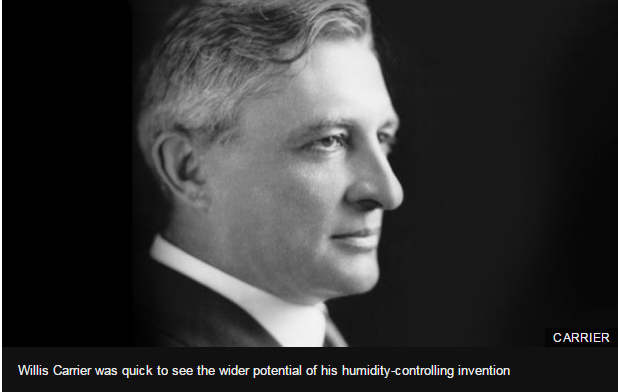
How air conditioning changed the world. The same paper had to be printed four times in four colours, and if the humidity changed between print runs, the paper would slightly expand or contract. Even a millimetre's misalignment looked awful.
The printers asked heating company Buffalo Forge to devise a system to control humidity.
A young engineer called Willis Carrier figured out that circulating air over coils that were chilled by compressed ammonia maintained the humidity at a constant 55%. Willis Carrier was quick to see the wider potential of his humidity-controlling invention.
|
40 years later: The Blizzard Of '78 in photos..
15 ft high snow drifts.. Snow falling at 4 inches per hour.. Martial law for a week.. Army Engineers came from as far away as North Carolina to help clear the snow
Books Found In the Saugus Middle High School Learning Commons
NASA's AIRS Captures Polar Vortex Moving in Over US
Science and Art Become one... |
|
Amazing Technology Invented By MIT - Tangible Media |
Rubens' Tube is an awesome demo and here we take it to the next level with a two-dimensional 'Pyro Board'. This shows unique standing wave patters of sound in the box.
|
|
|
|
|
|
|
|
|
|
|
The world's roundest object helps solve the longest running problem in measurement -- how to define the kilogram.
A kilogram isn't what it used to be. Literally. The original name for it was the 'grave', proposed in 1793 but it fell victim to the French Revolution like its creator, Lavoisier. So begins the tale of the most unusual SI unit. The kilogram is the only base unit with a prefix in its name, and the only one still defined by a physical artifact, the international prototype kilogram or IPK. |
Eyesight Yields Clues For Detecting CancerMantis shrimp, a group of aggressive, reef-dwelling crustaceans, take more than one first-place ribbon in the animal kingdom. Outwardly, they resemble their somewhat larger lobster cousins, but their colorful shells contain an impressive set of superpowers.
Read the rest of the article. Click here. |
|
Margaret Hamilton with some of the code she wrote which flew the Apollo spacecraft to the moon and back.
|
Apollo 11 Lands on the Moon...
Margaret Hamilton (pictured on the left) led the team that developed the building blocks of software engineering – a term that she coined herself. Her systems approach to the Apollo spacecraft software development and insistence on rigorous testing was critical to the success of Apollo. As she noted, “There was no second chance. We all knew that.” Her approach proved itself on July 20, 1969, when minutes before Armstrong and Aldrin landed on the Moon, the software overrode a command to switch the flight computer’s priority system to a radar system. The override was announced by a “1202 alarm” which let everyone know that the guidance computer was shedding less important tasks (like rendezvous radar) to focus on steering the descent engine and providing landing information to the crew. Armstrong and Aldrin landed on the Moon, rather than aborting the approach due to computer problems. In fact, the Apollo guidance software was so robust that no software bugs were found on any crewed Apollo missions, and it was adapted for use in Skylab, the Space Shuttle, and the first digital fly-by-wire systems in aircraft. Hamilton was honored by NASA in 2003, when she was presented a special award recognizing the value of her innovations in the Apollo software development. President Obama awarded Hamilton the Presidential Medal of Freedom |
Citation
NASA. (2016, November 22). Margaret Hamilton Awarded Presidential Medal of Freedom. Retrieved from https://www.nasa.gov/feature/margaret-hamilton-apollo-software-engineer-awarded-presidential-medal-of-freedom
NASA. Spacewalkers Successfully Install New Docking Adapter for Commercial Crew Flights. Photograph. 2016. www.nasa.gov/image-feature/spacewalkers-successfully-install-new-docking-adapter-for-commercial-crew-flights. Accessed 7 Oct. 2016.
NASA. (2016, November 22). Margaret Hamilton Awarded Presidential Medal of Freedom. Retrieved from https://www.nasa.gov/feature/margaret-hamilton-apollo-software-engineer-awarded-presidential-medal-of-freedom
NASA. Spacewalkers Successfully Install New Docking Adapter for Commercial Crew Flights. Photograph. 2016. www.nasa.gov/image-feature/spacewalkers-successfully-install-new-docking-adapter-for-commercial-crew-flights. Accessed 7 Oct. 2016.
